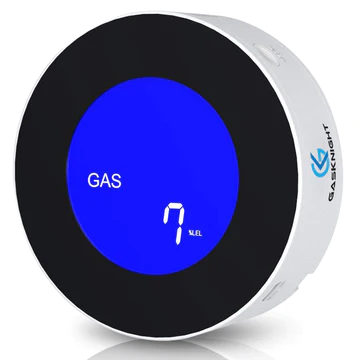 by Joe Cross, Facilities Manager
by Joe Cross, Facilities Manager
We have experienced several incidents when the gas range in the kitchen has caused some consternation and alarm. Some have trouble lighting the pilot lights. Others worry about the tiny but open pilot light flame, and some with acute senses of smell worry that they smell gas all of the time. Based on these and other concerns, I thought a brief primer on gas appliances might be of interest.
We have five major appliances inside WUU that use natural gas as a fuel to operate: Two gas heating furnaces in the mezzanine ceiling of the Gathering Space, two hot water heaters in the kitchen and in the electrical closet, and the gas-fired range, oven and griddle. All have pilot lights. Most concerns are for the gas-fired range.
According to WebMD in “Gas Stove Safety: What to Know” gas ranges comprise some 38% of all ranges used for cooking. Surprisingly, this WebMD article states that: “Electric stoves have hazards, too. Houses with them were 2.6 times more likely to have fires than those with gas stoves.”
A Safety Data Sheet on Natural Gas for Methane CH4 shows Methane to represent some 90%-99% by volume for “Natural Gas.” All commercially available natural gas is infused with a tiny amount (<5 ppm) of Mercaptin, to provide a “rotten egg” sulfur odor with a detection threshold greater than 10,000 ppm (parts per million). Methane is lighter than air and hence rises. Thus exhausting the gas through the air conditioning system may broadcast the smell but dilutes the gas. Simply turning on the kitchen fan exhausts the gas and lowers or removes the gas from the building.
Inhalation of air with greater than 18% methane by volume displaces oxygen in the lungs and causes suffocation. Treatment for inhilation is to remove the person to outside air away from the methane.
Methane (natural gas) in the presence of air containing oxygen and an ignition source is flammable and supports combustion, if present in concentrations between 4% and 15% by volume of air. It becomes explosive with an ignition source greater than 900 degrees F, at concentrations greater than 15% by volume. Ignition by an electrical spark is possible but unlikely.
Since the threshold for odor detection is some 10,000 ppm, or 1%, and yet natural gas will not affect people at concentrations less than 180,000 ppm, or 18%, we tend to notice natural gas well before human harm can occur. The same holds true for explosive risk at 15% or 150,000 ppm. Simply smelling the gas is a deterrent but not the preferred method of gas leak detection.
 In the famous words of Mr. Abundance of Caution, we have ordered gas and carbon monoxide detectors that include a phone app to automatically alert us when petroleum gasses (including methane, butane, propane and carbon monoxide) exceed a safe limit. This device will be mounted in the kitchen next to the stove with a second monitor in the Gathering Space. Both work similar to the smoke and carbon monoxide alarms currently monitoring the building. This alarm has a built-in noise-maker alert similar to a fire alarm.
In the famous words of Mr. Abundance of Caution, we have ordered gas and carbon monoxide detectors that include a phone app to automatically alert us when petroleum gasses (including methane, butane, propane and carbon monoxide) exceed a safe limit. This device will be mounted in the kitchen next to the stove with a second monitor in the Gathering Space. Both work similar to the smoke and carbon monoxide alarms currently monitoring the building. This alarm has a built-in noise-maker alert similar to a fire alarm.
Future users of the gas range can be assured that we will be attentive to any alerts. Please use the range with the same assurance of safety that we give to our other gas-fired equipment in the building, including leaving the pilot lights on and turning the vent fan off after use.
